As the demand for renewable energy for commercial properties continues to grow, commercial solar panels have become an essential investment for building owners looking to reduce energy costs, generate revenue, and contribute to sustainability efforts. Large commercial buildings, in particular, can leverage solar energy through various models, including behind-the-meter, front-of-the-meter, and community solar strategies. Choosing the right approach depends on the building’s energy needs, ownership structure, and long-term financial goals.
Community Solar: Turning Rooftops into Revenue Streams
One of the most effective solar strategies for large buildings is the community solar model, which enables building owners to lease their rooftops to solar companies. These companies develop, own, and operate the solar system, while the building owner benefits from long-term lease payments without the burden of installation or maintenance.
Community solar is particularly beneficial because it provides cost savings to local subscribers, including low-to-moderate-income households and businesses. The solar energy produced is fed into the grid, with subscribers purchasing it at discounted rates. This model not only generates passive income for property owners but also contributes to equitable access to clean energy in the community.
Front-of-the-Meter Solar: Maximizing Roof Space for Energy Production
For large commercial buildings with expansive, unused rooftop space, front-of-the-meter (FTM) solar installations present an opportunity to optimize energy production. Unlike community solar, FTM systems are not dependent on onsite energy consumption. Instead, they generate electricity that is sold directly to local utilities or other energy buyers.
This strategy allows building owners to monetize their rooftop space without worrying about fluctuations in tenant occupancy or energy demand. Since FTM projects contribute power to the grid, they help decentralize energy generation, reducing strain on traditional power infrastructure. Additionally, this approach supports sustainability efforts by increasing the availability of clean energy while preserving open spaces that would otherwise be used for ground-mounted solar farms.
Behind-the-Meter Solar: Reducing Energy Costs for Building Owners and Tenants
For commercial property owners who want to reduce their reliance on the grid and lower electricity expenses, behind-the-meter (BTM) solar is a viable option. These systems are installed onsite and provide power directly to the building, reducing utility costs and offering protection against fluctuating electricity rates.
BTM systems can be owned and managed by the building owner or installed under a Power Purchase Agreement (PPA), where a third-party developer finances, operates, and maintains the system. Under a PPA, the building owner or tenants purchase electricity at a fixed, often lower, rate than standard utility prices.
Another advantage of BTM solar is net metering, which allows businesses to earn credits for excess electricity sent back to the grid. These credits can be used to offset future energy bills, making solar even more cost-effective. However, to maximize benefits, building owners must ensure that the energy demand aligns with the production capacity of the solar system, particularly in areas where net metering policies are in place.
Choosing the Right Solar Strategy for Large Commercial Buildings
The best solar strategies for large buildings depend on various factors, including energy consumption patterns, regulatory policies, and financial objectives.
- Community solar is ideal for property owners who prefer a passive income stream without needing to manage solar operations.
- FTM solar works well for large commercial buildings with significant rooftop space that can be used to generate electricity for the grid.
- BTM solar is best suited for owner-occupied buildings or tenants looking to lower their energy bills while maintaining control over their power consumption.
Incentives for commercial solar adoption, such as tax credits and state-specific programs, continue to evolve, making now an ideal time for building owners to explore renewable energy for commercial properties. By selecting the right solar model, businesses can unlock financial and environmental benefits while positioning themselves as leaders in sustainability.
Click here to read the full article, originally published by Facilities.net.



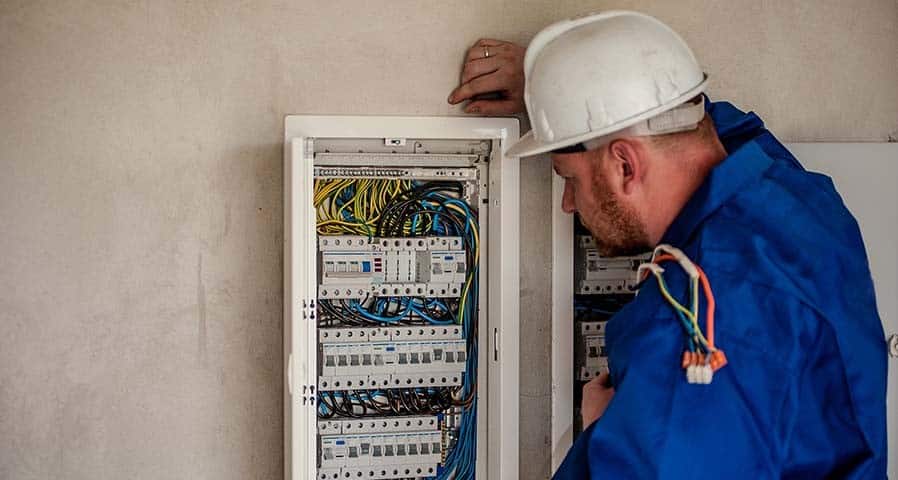
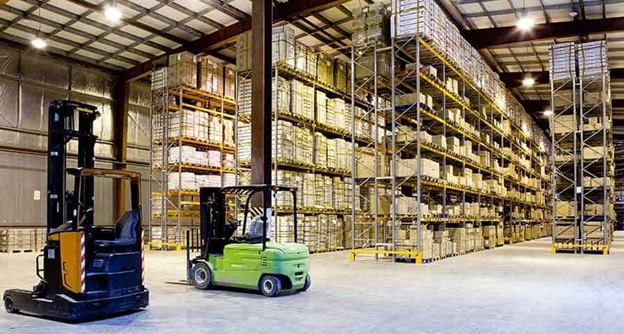


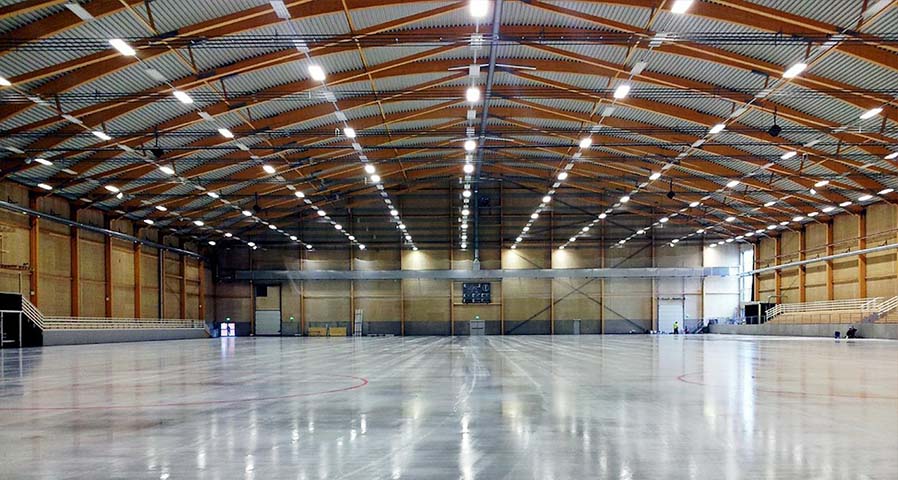








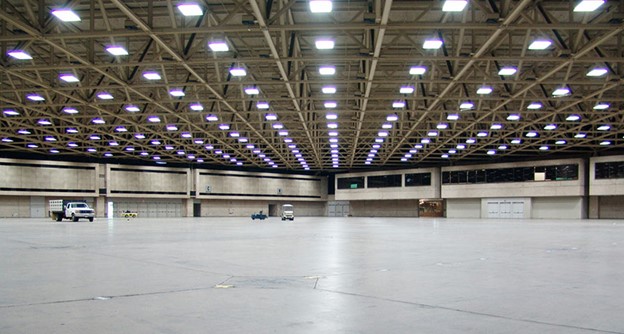




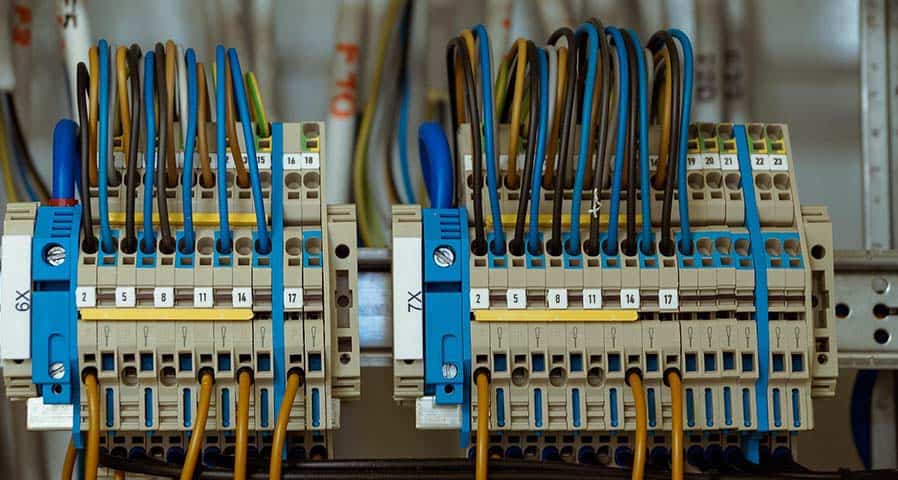



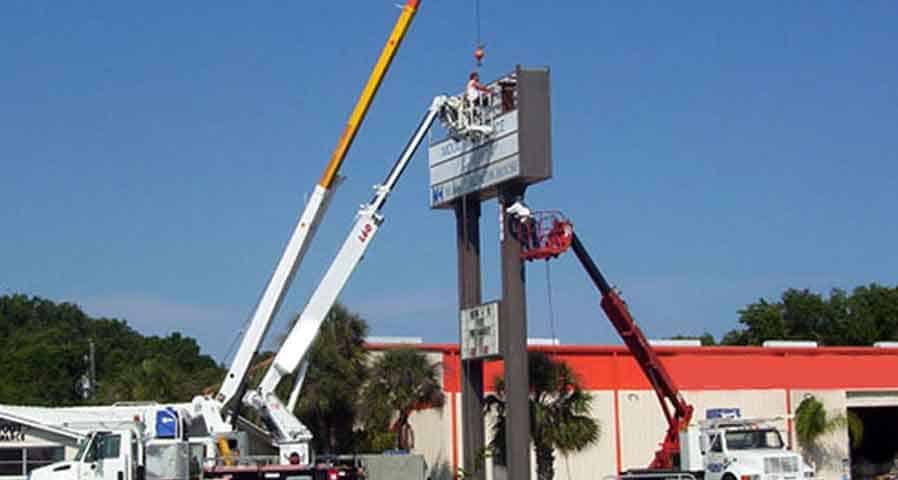

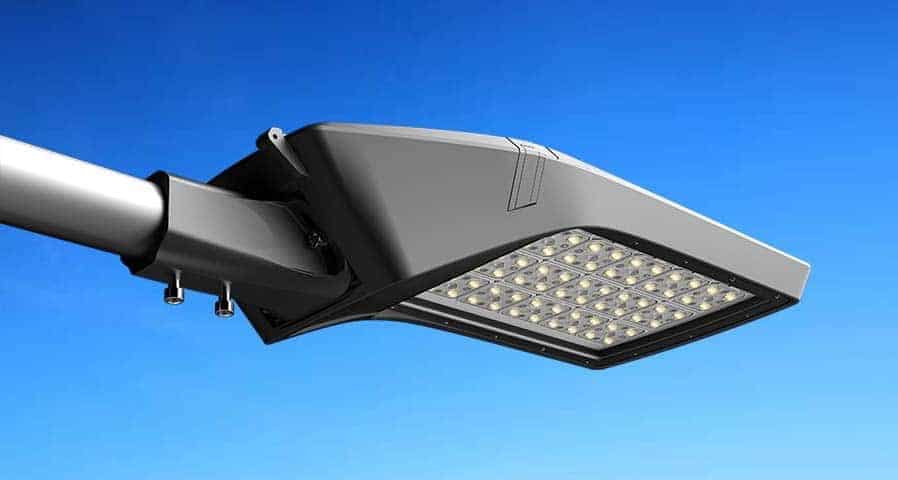


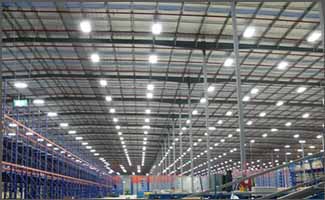








0 Comments